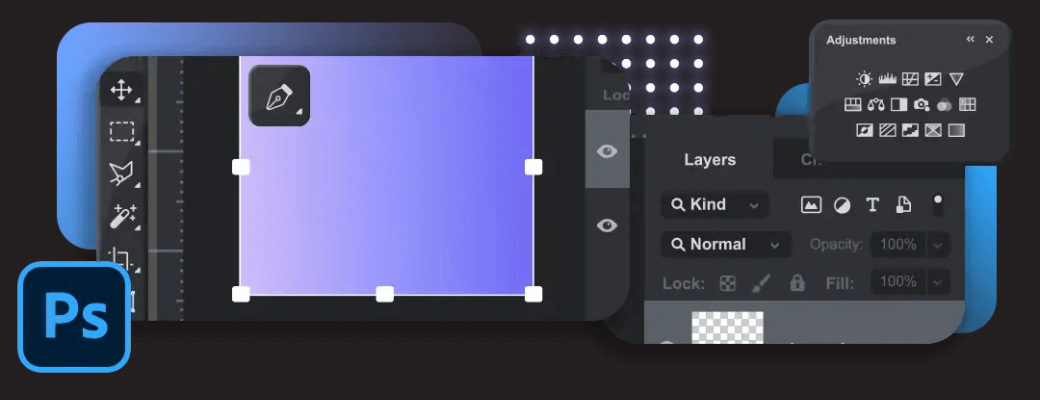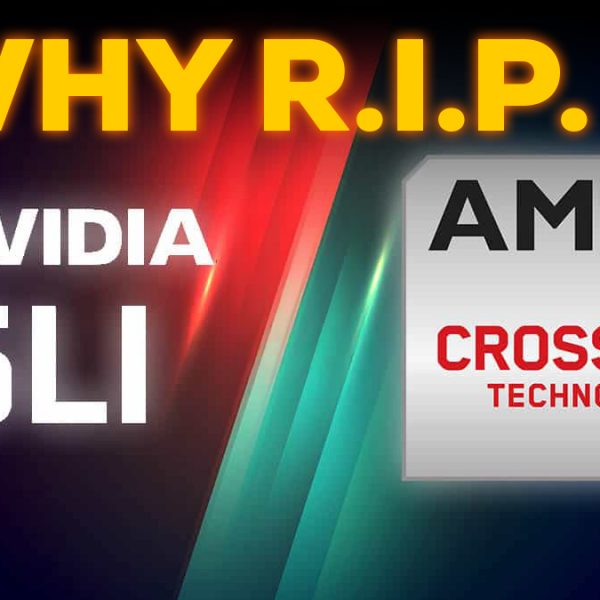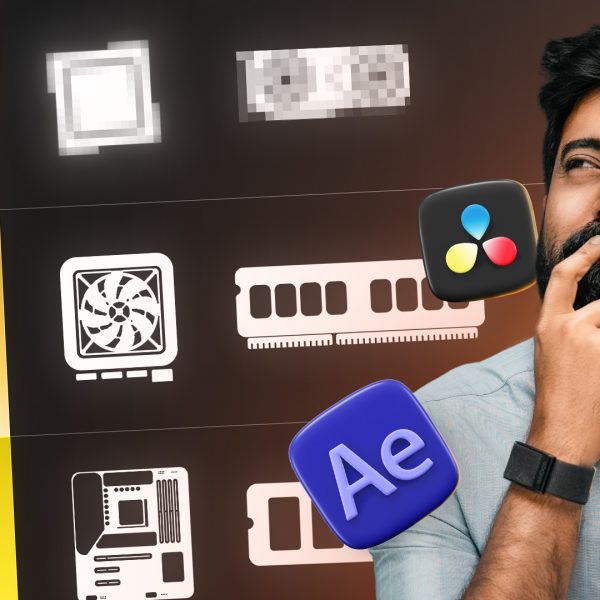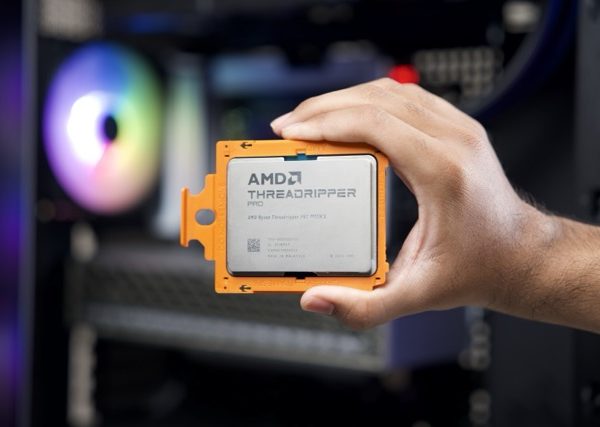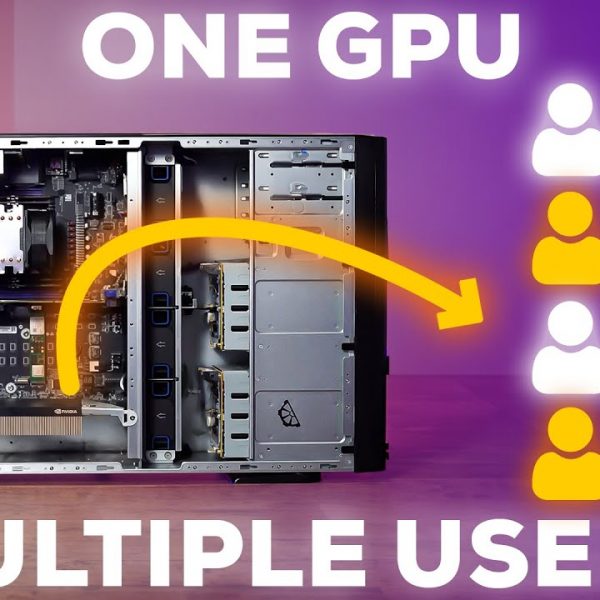Adobe Photoshop is a powerful software that requires suitable hardware to run smoothly and efficiently. However, the system requirements list provided by Adobe only covers the basic hardware requirements, not necessarily the best-performing hardware.
That’s why we’ve curated our set of recommended hardware based on extensive benchmarks for best-optimised configurations. Here’s our guide on how to build the best computer for Photoshop (Photo Editing)
Best CPU for Photoshop
The CPU plays the most important role in a Photoshop workstation. Although GPU acceleration is becoming more popular, currently the CPU has a greater impact on system performance.
However, a higher-performing CPU is not always the best choice as Photoshop can only effectively utilise up to 8 cores.
What does translate to better performance is single-core performance. So naturally, the fastest CPU for Photoshop is Intel’s Core i9 13900K, but the Core i5 13600K is where you’ll get a bang for your buck.
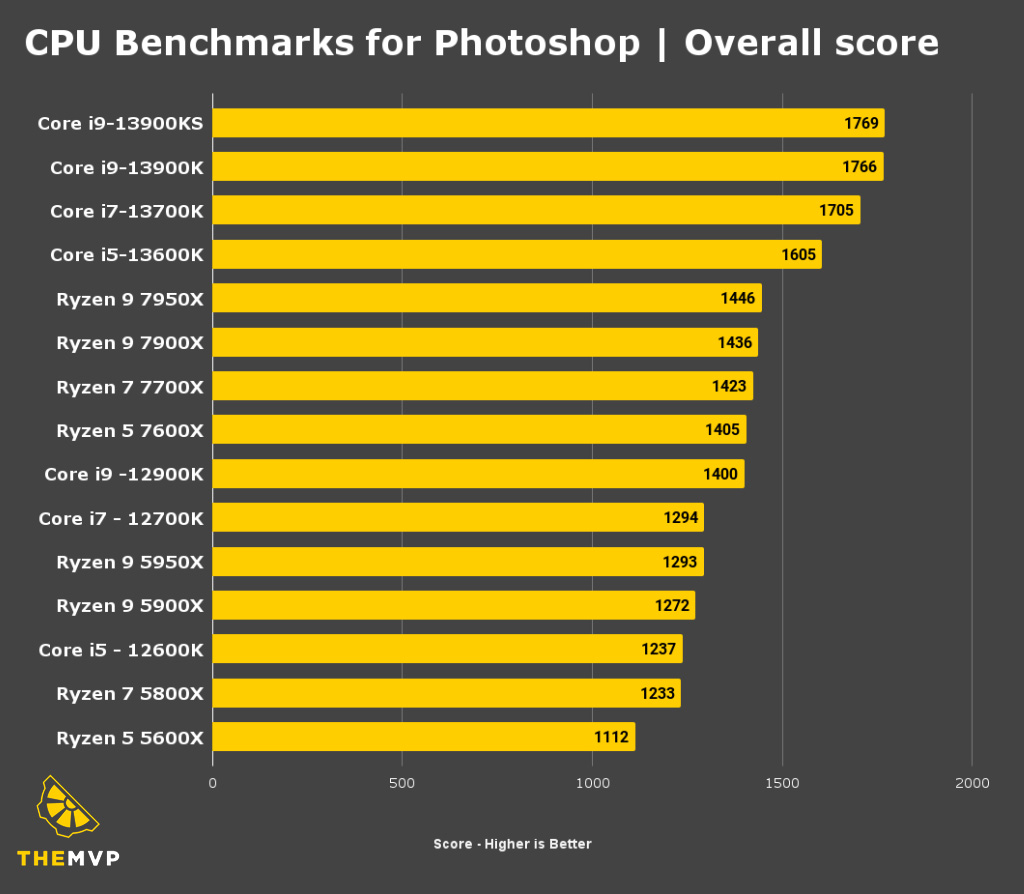
Does Photoshop use GPU?
Currently, very few effects can take advantage of a high-end graphics card in Photoshop. Adobe provides a list of GPU-accelerated effects on their GPU FAQ page.
Although Adobe is working on expanding GPU acceleration in Photoshop, the video card currently has a relatively light workload.
Even entry-level video cards can provide a significant boost in performance for GPU-accelerated effects. However, using high-end video cards beyond mid-range doesn’t provide much additional performance benefit. So you could get almost the best performance even with an RTX 3060ti.
But if you’re on a budget – Photoshop can also run on onboard graphics. Although using a dedicated GPU will greatly enhance the performance of GPU-accelerated tasks – even low-end GPUs like the GTX 1050 ti will perform nearly twice as fast as onboard graphics.
Additionally, onboard graphics usually only have access to up to 1GB of memory, which is sufficient for one 1080p display. But not if you’re using a 4K display or multiple displays,
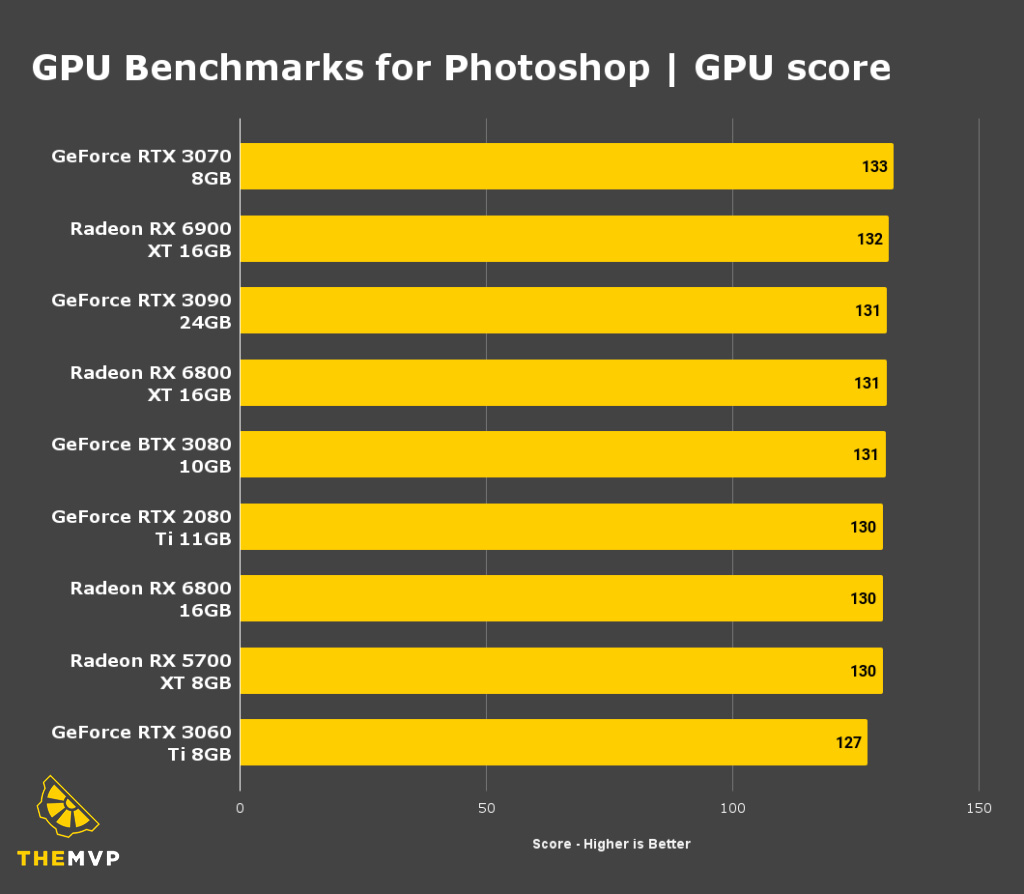
How much RAM do you need for Photoshop?
Coming to the amount of RAM required for Photoshop depends on the specific task and document size. For 500MB or smaller documents, a minimum of 16GB of RAM is recommended, 32GB for documents between 500MB-1GB and 64GB or more for larger documents.
Keep in mind that this recommendation is based on the document size once it is opened, not the file size. Photoshop often displays two sizes such as 15.7M/47.8M. The left number is the flat file size (if you were to export without compression), while the right number is the actual size of the Photoshop document with all the layers. The right number, which includes all the layers, is the most relevant when determining the amount of RAM your system needs.

Best Storage Configuration for Photoshop
There are three main types of storage drives: SSD, NVMe and HDDs. Hard drives are affordable but slowest, SSDs are twice as fast and more expensive and NVMe drives are 10x faster but also more expensive.
- NVMe drives can be used for the operating system and applications to improve boot and launch times – This needs to be separate from Project File drives to not hamper the boot & loading times.
- For storage configuration, one drive is enough but two or more can enhance performance. The primary drive (SSD/NVMe) should have OS/software, a secondary drive (HDD) for project files, and an optional NVMe for scratch files if needed.
Check out our catalogue of optimised (Photoshop) builds here.
We build and ship Custom PCs across India with Guaranteed Performance & No Tension Experience. We have 3 stores in Hyderabad, Gurgaon & Bangalore. Feel free to visit them or contact us through a call for Consultation.

